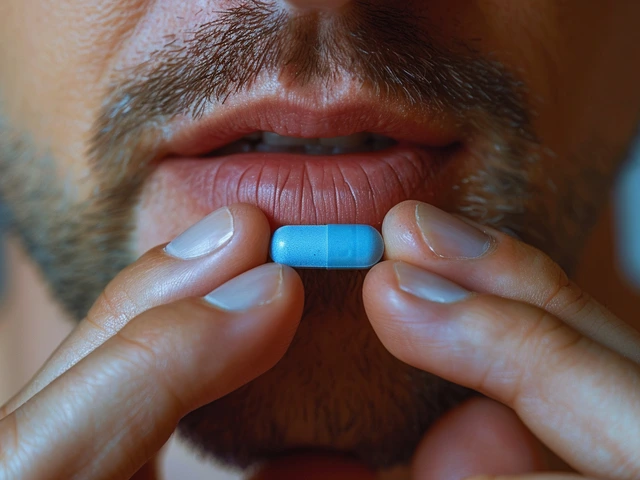Hair Loss: What Triggers It and How to Fight Back
Seeing more strands on your pillow or in the shower can be a real downer. The good news is most hair loss isn’t a mystery and you can often turn it around with easy steps.
Common Causes of Hair Loss
First, know what’s pulling your hair out. Hormones are a big player – think thyroid problems or the surge of testosterone that turns into dihydrotestosterone (DHT) in men. Age matters too; follicles shrink over time and make thinner strands. Stress, especially the kind that lasts weeks, can push a lot of hairs into a resting phase, leading to sudden shedding. Bad diet, iron deficiency, and low protein levels also starve hair of the building blocks it needs. Finally, harsh treatments – tight ponytails, bleaching, heat styling – can damage the scalp and weaken strands.
Effective Ways to Stop Hair Loss
Start with the basics. Eat a balanced mix of lean protein, leafy greens, nuts, and fish. Vitamin D and iron supplements help if blood tests show you’re low. Gentle hair care makes a difference: use a mild shampoo, avoid daily heat, and don’t pull hair tight when you tie it back.
Over‑the‑counter options like minoxidil (Rogaine) work for many people. It’s a topical liquid you apply to the scalp twice a day. Most folks notice less shedding after a few months and some new growth after six months. If you’re worried about DHT, look for shampoos or serums that contain ingredients like saw‑palmetto or ketoconazole – they can lower DHT locally on the scalp.
When home tricks aren’t enough, prescription meds become an option. Finasteride (for men) blocks DHT production and can keep hair from thinning further. Women sometimes use low‑dose spironolactone to tackle hormone‑related loss. Always talk to a doctor before starting any prescription.
Don’t forget natural helpers. Rosemary oil, applied with a carrier oil, has modest evidence for boosting circulation. Scalp massage for a few minutes each day can also improve blood flow and signal follicles to stay active.
If you see rapid hair loss, patches of baldness, or itching, it’s time to see a professional. Conditions like alopecia areata, fungal infections, or scalp psoriasis need specific treatment. A dermatologist can run a quick exam, maybe a blood test, and guide you to the right plan.
Bottom line: hair loss is usually a mix of genetics, hormones, and lifestyle. By feeding your body right, treating your scalp gently, and using proven products, you can slow the shed and even grow new strands. Keep an eye on progress – take photos every month – and adjust what isn’t working. With the right routine, you’ll see a healthier head of hair without spending a fortune.
Avodart (Dutasteride) Guide: Uses, Dosage, Side Effects & Price
A complete guide to Avodart covering what it is, how it works, recommended dosages, common side effects, cost, and how it stacks up against similar drugs.
View More




